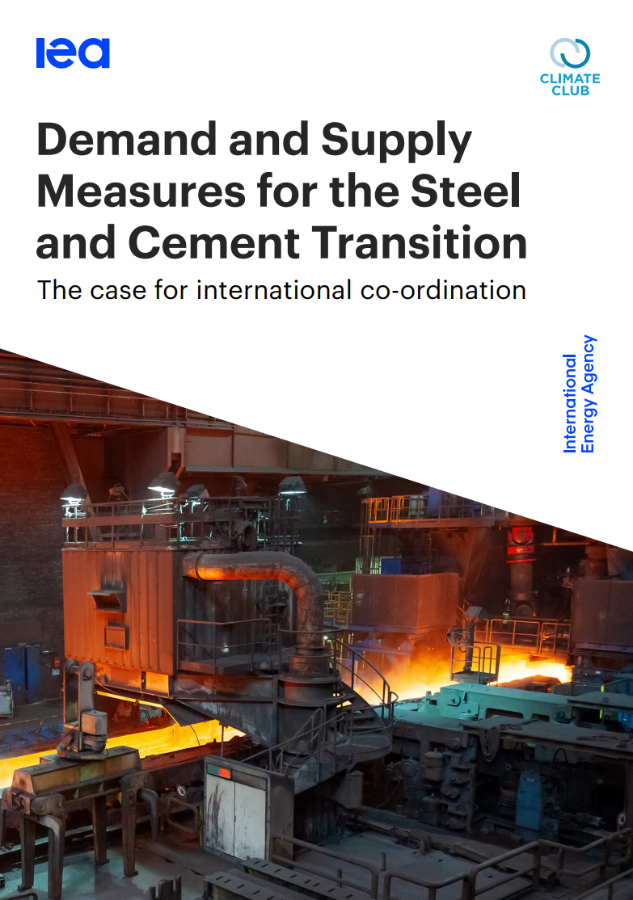
|
Demand and Supply Measures for the Steel and Cement Transition
This report – produced at the request of the Climate Club yet generally applicable to policy discussions for industrial decarbonisation – offers considerations and options for governments to scale-up markets for near-zero and low-emissions steel and cement, while concurrently reducing reliance on high-emissions materials. It makes the case for why both demand-side and supply-side measures are important to kick-start markets for near-zero emissions materials, summarising progress to date and highlighting gaps that rationalise government action. Key policy options are outlined, illustrating the variety of measures available to governments as they implement strategies tailored to their particul
2025.03
OECD/IEA
|
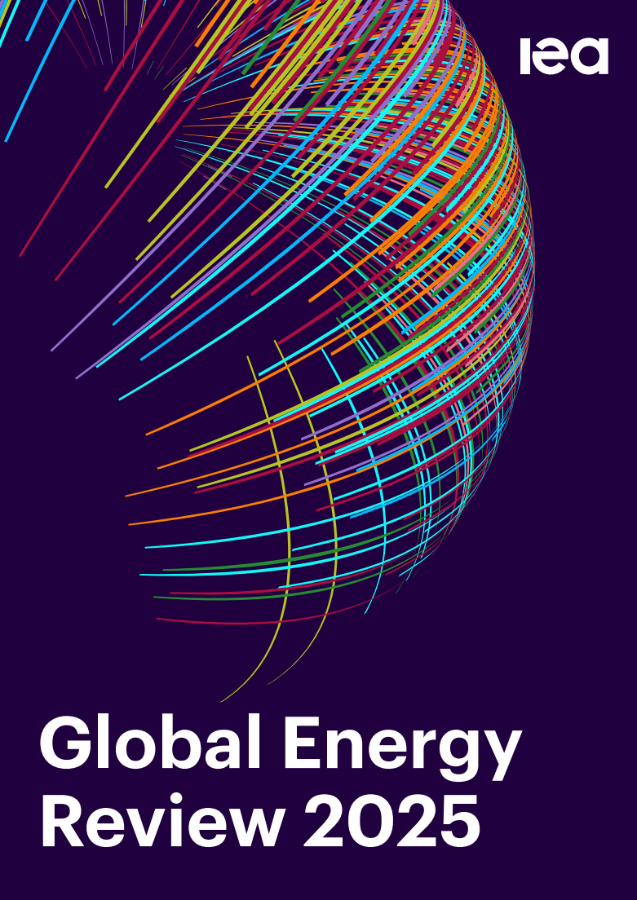
|
Global Energy Review 2025
This edition of the Global Energy Review is the first comprehensive depiction of the trends that took place in 2024 across the entire energy sector, covering data for all fuels and technologies, all regions and major countries, and energy-related carbon dioxide (CO2) emissions.
The latest data show that the world’s appetite for energy rose at a faster-than-average pace in 2024, resulting in higher demand for all energy sources, including oil, natural gas, coal, renewables and nuclear power. This growth was led by the power sector, with demand for electricity rising almost twice as fast as wider energy demand due to higher demand for cooling, rising consumption by industry, the electrificatio
2025.03
OECD/IEA
|
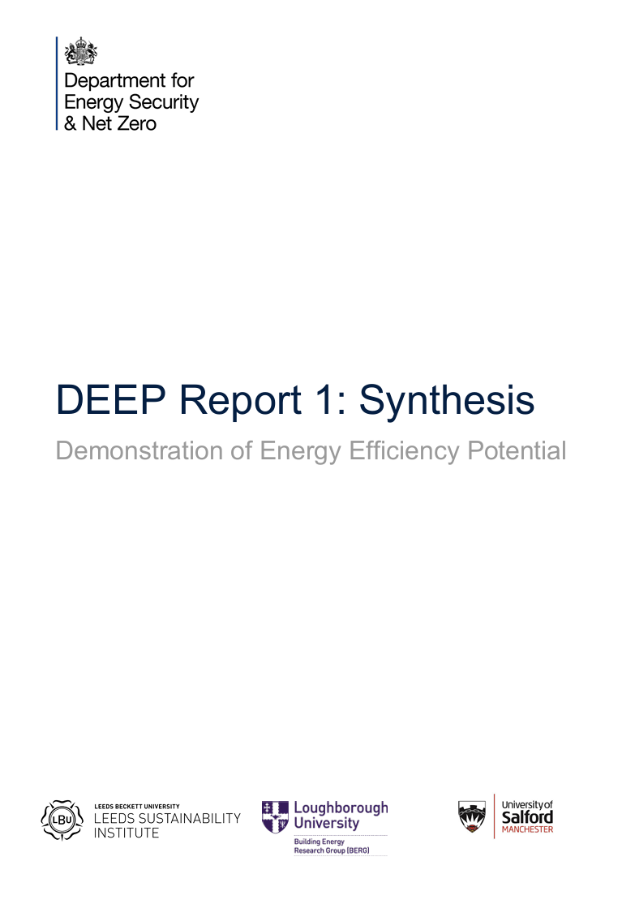
|
Demonstration of Energy Efficiency Potential (DEEP)
The aim of the DEEP project was to investigate taking a system-level approach to retrofit, considering the entire dwelling rather than the performance of individual measures. Typically defined as a ‘whole-house’ approach, this appreciates the complex interactions between fabric, ventilation and the occupant.
2025.03
BEIS
|
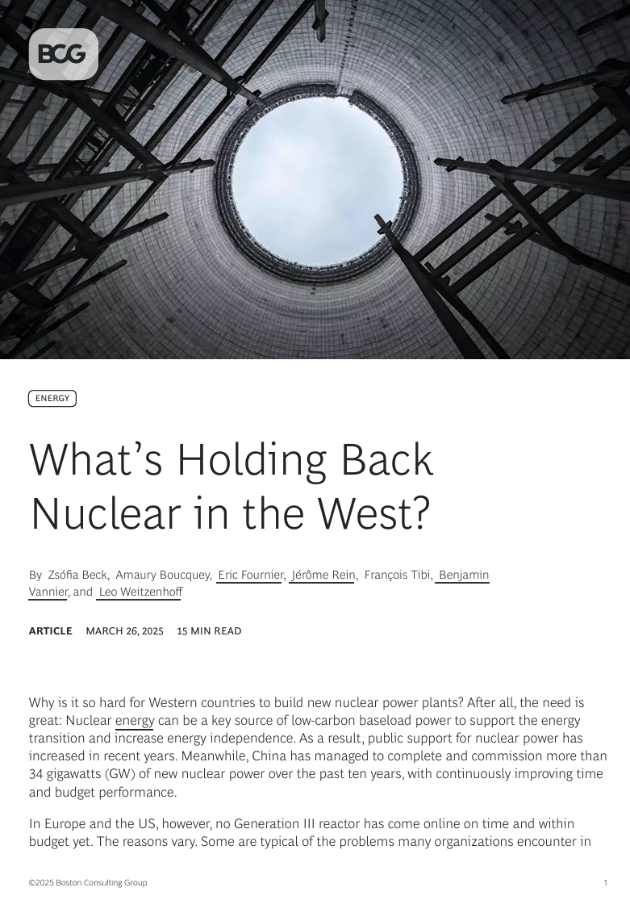
|
What’s Holding Back Nuclear in the West?
Recent nuclear projects in Europe and the US have taken far longer to complete than new builds elsewhere. Here’s how to speed up the process. Construction duration and cost overruns have troubled the Western nuclear power industry for years, with time to completion as much as twice as long as those in China and South Korea, for example. Problems include poor project management, complex and immature designs, weak supply chains, and little collaboration among stakeholders. By promoting design simplicity, supporting suppliers, fostering collaboration, and improving project management, the industry can significantly improve its construction efficiency and help boost the share of power from this
2025.03
Boston Consulting Group
|

|
Accelerating the Global Shift to a Cleaner On-Road Diesel Fleet
This document outlines a strategy and plan for a global transition to fuels and vehicle standards that meet a minimum of Euro 4/IV+, 50 parts per million (ppm) and below requirements. This transition is designed to achieve significant worldwide reductions in vehicle emissions while establishing a level playing field for high-quality fuels and vehicles worldwide.
2025.03
CCAC
|
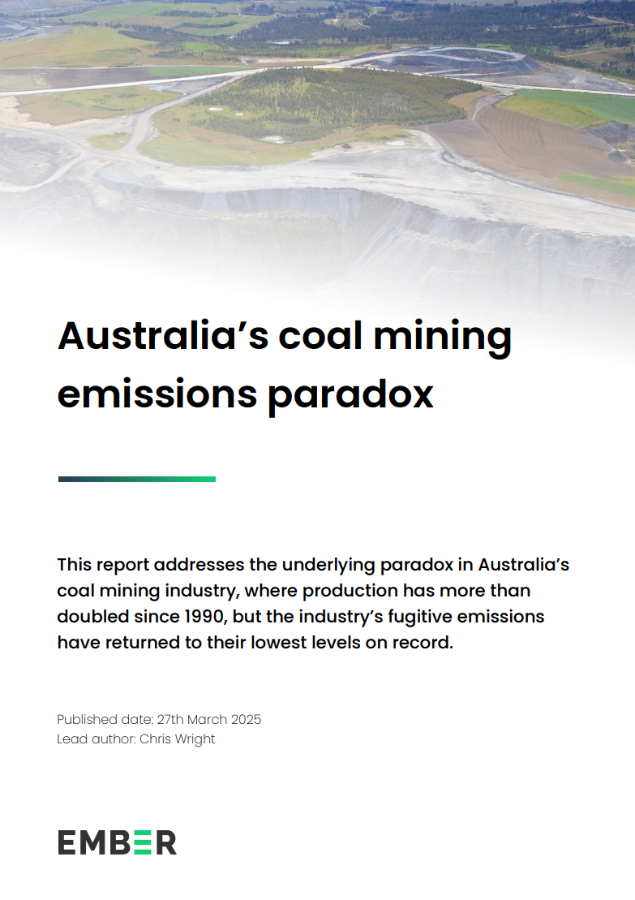
|
Australia’s coal mining emissions paradox
This report analyses fugitive emission trends and estimates from the National Greenhouse Gas Inventory and the National Greenhouse Accounts. It contrasts these results with calculations based on coal production data from the Office of the Chief Economist, NSW Coal Services Annual reports and Queensland’s Department of Resources. Ember’s analysis incorporates facility level and emission intensity reporting from the Clean Energy Regulator, and coal exploration spending data from the Australian Bureau of Statistics.
2025.03
Ember
|
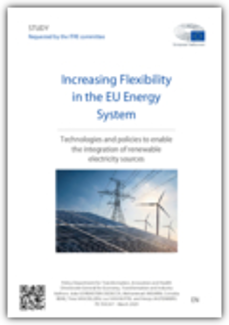
|
Increasing flexibility in the EU energy system - Technologies and policies to enable the integration of renewable electricity sources
This study explores the current and future flexibility needs in the electricity system as well as existing and potential solutions to efficiently integrate renewable energy and facilitate electrification of end-uses. Key findings highlight the importance of flexible electricity generation, demand response and energy storage solutions for daily, weekly, and seasonal flexibility provision. However, challenges persist due to inadequate market rules and regulatory frameworks, and economic issues. The study recommends additional policy measures to enhance system flexibility, complementing ongoing policy initiatives at the EU and national level. This document was provided by the Policy Department
2025.03
European Commission
|
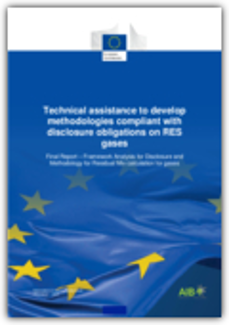
|
Technical assistance to develop methodologies compliant with disclosure obligations on RES gases
This report aims to develop a methodology for the calculation of the gas Residual Mix. It presents a reasoning for the proposed methodology and discusses various aspects including the accuracy of the model, the complexity of the calculations, the transparency in terms of the information to consumers and a specification of the relevant data sources.
2025.03
European Commission
|
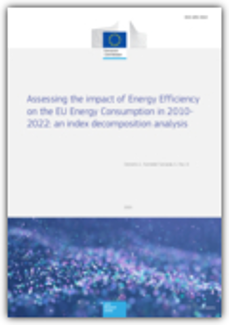
|
Assessing the impact of energy efficiency on the EU energy consumption in 2010-2022
This report examines the determinants of changes in primary and final energy consumption at EU27 and Member State levels over the period 2010 to 2022 to track and understand the progress towards 2030 energy efficiency targets. Energy consumption trends are driven by several factors beyond energy efficiency improvements, which can have a profound effect in the aggregate energy use, irrespective of the impact of energy efficiency policies and measures. To understand the latest energy consumption trends in the EU, the Logarithmic-Mean Divisia Index (LMDI) approach, a widely used Index Decomposition Analysis (IDA) method, was applied to study both aggregated and sectoral energy consumption chang
2025.03
European Commission
|

|
Code of conduct on energy consumption of broadband equipment_Version 9.1
With the strong growth of the internet the energy consumption of data transmission has dramatically increased. The potential new electrical load represented by this equipment needs to be addressed by EU energy and environmental policies. It is important that the electrical efficiency of broadband equipment is maximised, without reducing the provided service. The Code of Conduct sets out the basic principles to be followed by all parties involved in broadband equipment, operating in the European Community, in respect of energy efficient equipment. The Code of Conduct sets the (maximum) electricity consumption for broadband equipment sold in the EU and manufactured or procured by participating
2025.03
European Commission
|
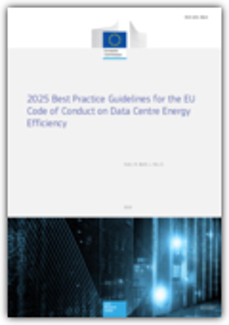
|
2025 best practice guidelines for the EU code of conduct on data centre energy efficiency
This Best Practice document for the European Code of Conduct for Energy Efficiency in Data Centres is a reference document to assist data centre operators in identifying and implementing measures to improve the energy efficiency of their data centres. This Best Practice document contains a full list of the identified and recognised data centre energy efficiency best practices within the Code of Conduct. The best practice list provides a common terminology and frame of reference for describing an energy efficiency practice, to assist Participants and Endorsers in avoiding doubt or confusion over terminology. Customers or suppliers of IT services may also find it useful to request or provide a
2025.03
European Commission
|
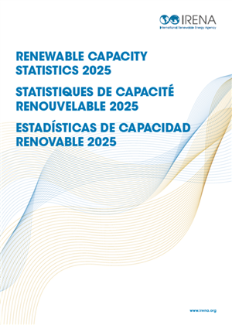
|
Renewable capacity statistics 2025
Renewable power generation capacity is measured as the maximum net generating capacity of power plants and other installations that use renewable energy sources to produce electricity. For most countries and technologies, the data reflects the capacity installed and connected at the end of the calendar year. Data has been obtained from various sources, including an IRENA questionnaire, official national statistics, industry association reports, other reports, and news articles.
2025.03
IRENA
|
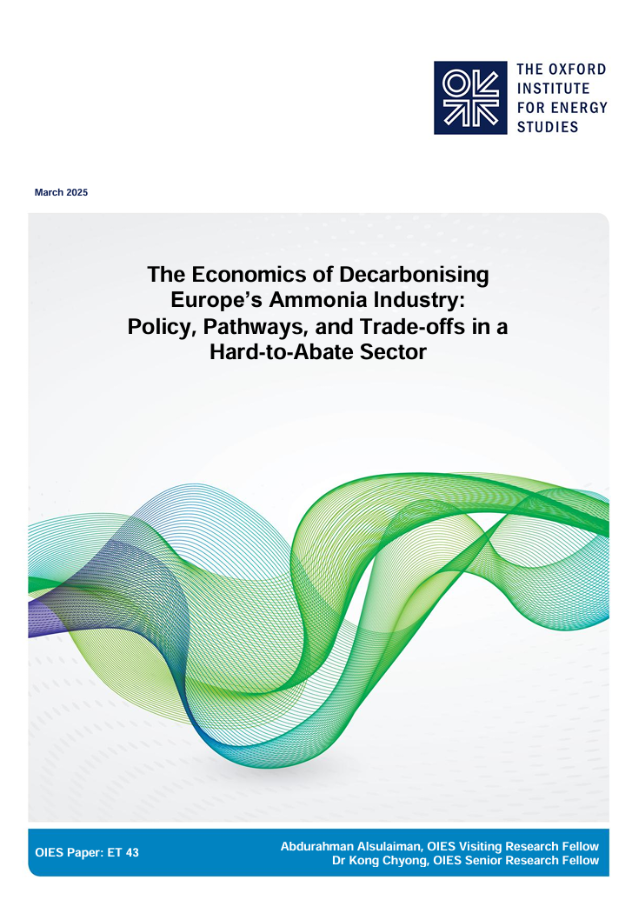
|
The Economics of Decarbonising Europe’s Ammonia Industry: Policy, Pathways, and Trade-offs in a Hard-to-Abate Sector
This study applies a robust techno-economic framework to explore four key decarbonisation pathways – unabated steam methane reforming (SMR), SMR with carbon capture and storage (CCS), biomass-based hydrogen (BIOH₂), and renewable hydrogen via alkaline electrolyser cells (AEC) – across 52 existing ammonia production locations in Europe from 2030 to 2040. These pathways are examined under various policy settings, including RED III, CBAM, RFNBO, and Low-Carbon Fuels directives.
2025.03
OIES
|
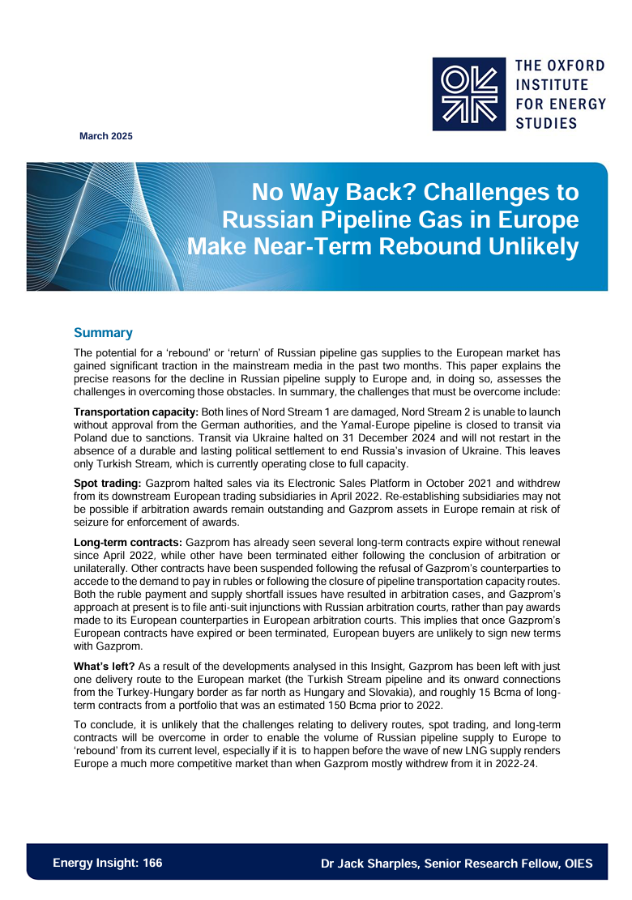
|
No Way Back? Challenges to Russian Pipeline Gas in Europe Make Near-Term Rebound Unlikely
The potential for a ‘rebound’ or ‘return’ of Russian pipeline gas supplies to the European market has gained significant traction in the mainstream media in the past two months. This paper explains the precise reasons for the decline in Russian pipeline supply to Europe and, in doing so, assesses the challenges in overcoming those obstacles.
2025.03
OIES
|
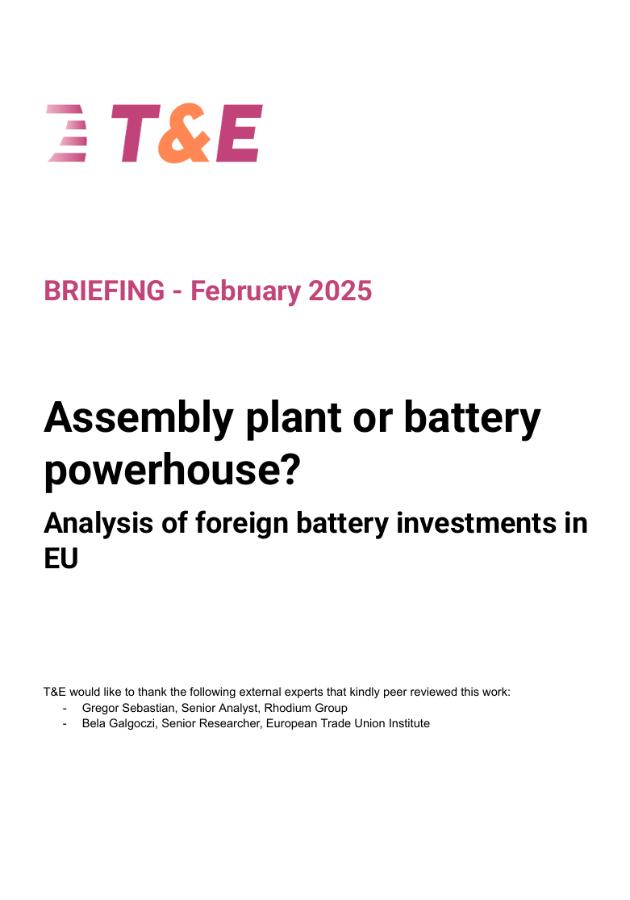
|
Assembly plant or battery powerhouse? Analysis of foreign battery investments in EU
External experts commissioned by T&E find no EU-wide or national requirements on technology transfer and breaches of air pollution rules from battery factories in Poland and Hungary. T&E calls on clear foreign investment rules and a comprehensive European strategy for battery supply chains.
2025.02
Transport & Environment
|
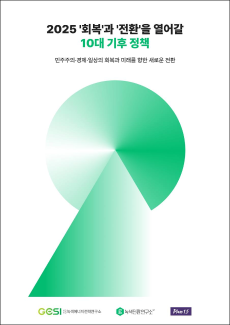
|
2025 회복과 전환을 열어갈 10대 기후정책
10대 기후정책
①시민참여 제도화 통한 기후민주주의 구현
②기후중심 경제 전환 위한 기후경제부 개편
③재생에너지 중진국 도약(2030년 태양광·풍력 30% 목표)
④녹색산업 공급망법으로 지속가능한 산업 생태계 구축
⑤RE100 반도체 특별법 제정
⑥장바구니 물가 안정
⑦탄소중립 교통 혁신
⑧생태보호지원금 신설
⑨주택에너지복지법 신설
⑩기후대응·지역사회 상생 위한 기후돌봄 일자리 5만 개 창출
2025.02
녹색에너지전략연구소
|
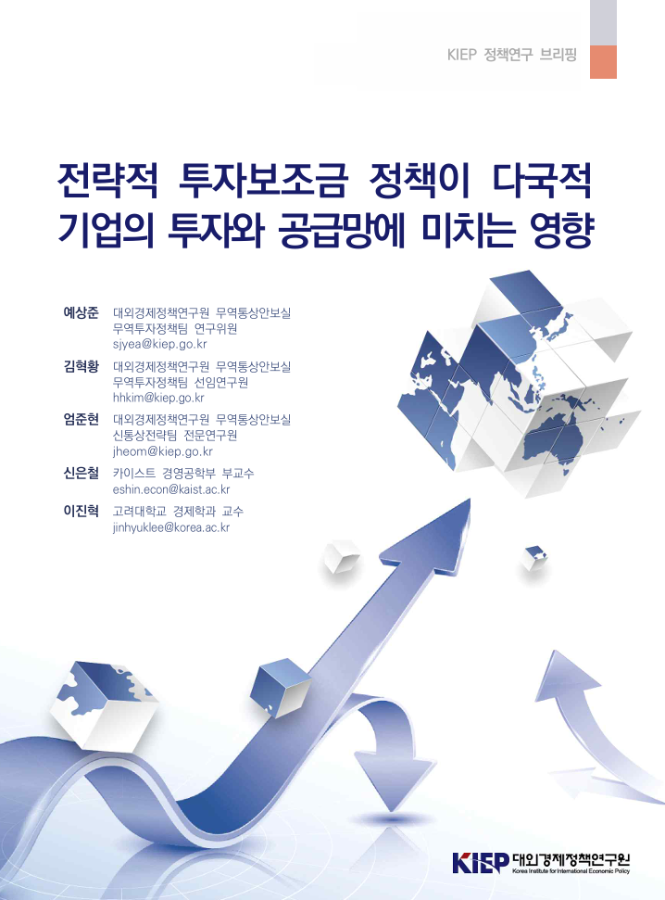
|
전략적 투자보조금 정책이 다국적기업의 투자와 공급망에 미치는 영향
정부는 전략산업 경쟁력 강화를 위해 ① 주요국의 보조금 정책에서 활용되는 세액환급 및 크레딧 양도 방식 등을 고려해 기존 세액공제 방식의 한계를 보완하고, ② 보조금 정책 설계 시 WTO 규범 준수를 위한 안전장치를 마련하며, ③ 양질의 투자를 유치할 수 있도록 전략산업별로 차등화된 지원방안을 마련하고, ④ 글로벌 보조금 정책의 불확실성에 대응해 우리 기업의 리스크를 최소화할 대응 논리를 마련하여 투자대상국 정부 및 산업계를 대상으로 긴밀한 소통을 이어나갈 필요가 있음.
2025.03
대외경제정책연구원
|

|
EU 청정산업딜 주요내용
EU집행위는 2월 26일 역내 산업의 탈탄소화 촉진과 경쟁력 제고를 위한 ‘청정산업딜(Clean Industrial Deal)'을 발표. 청정산업의 경쟁력 확보를 위한 산업정책으로 에너지 집약산업(Energy-intensive industries)의 탈탄소화 및 청정기술산업(Clean-tech sector) 육성을 위한 6가지 분야별 세부 정책 추진 계획이 제시됨. 6가지 분야는 ➊ 적정가격의 에너지에 대한접근성 강화, ➋ 글로벌 선도시장 구축, ➌ 공공·민간 투자 강화, ➍ 순환경제 활성화, ➎ 글로벌 시장 및 국제 파트너십, ➏ 직업 기술 및 양질의 일자리이며 각 분야별 세부정책은 '25년부터 순차적으로 실행될 예정
2025.03
한국무역협회
|
